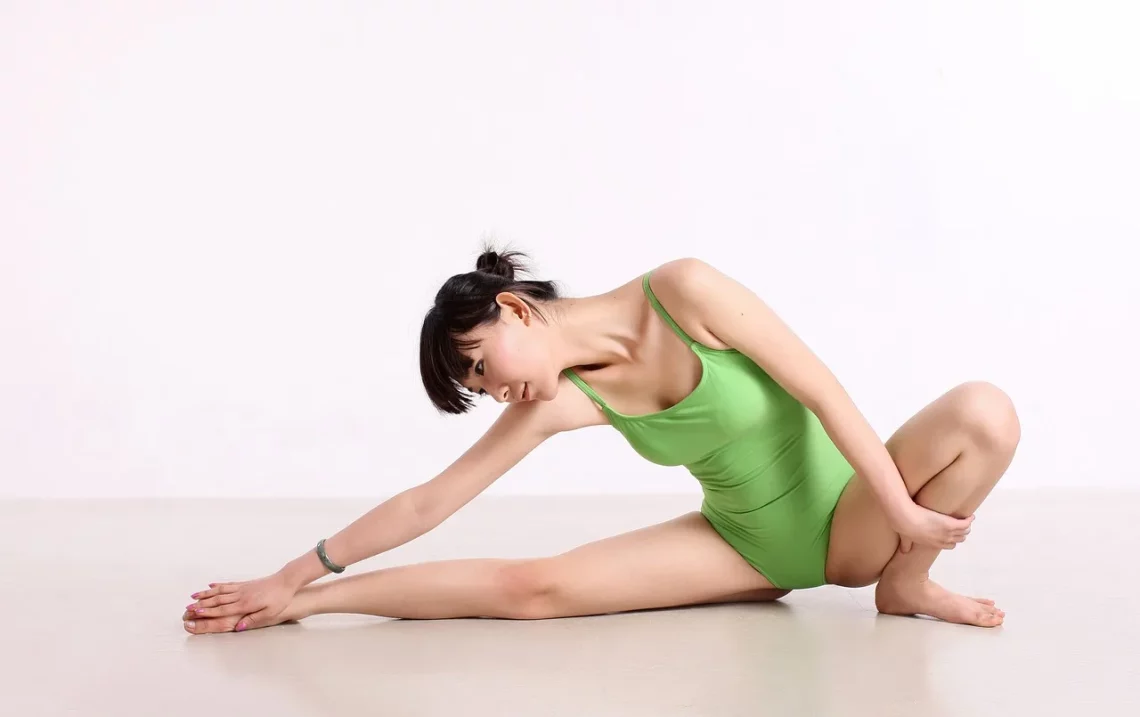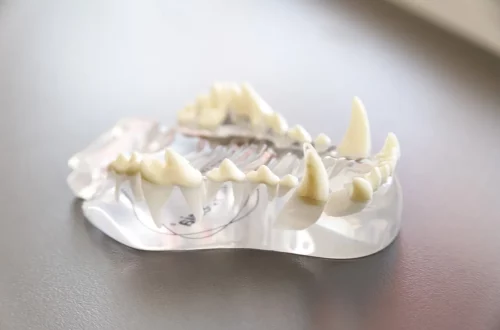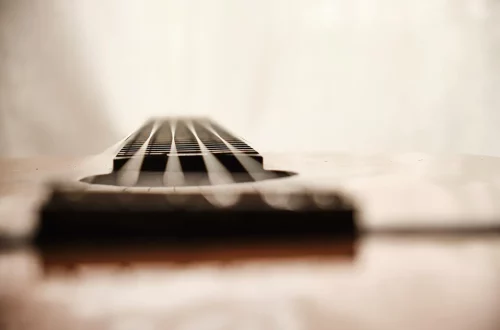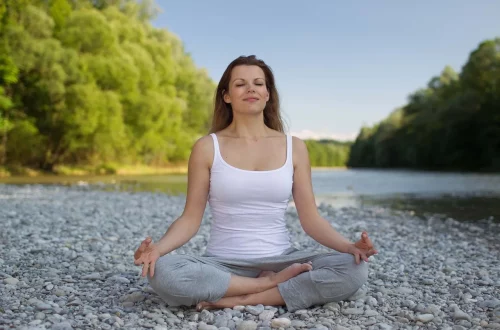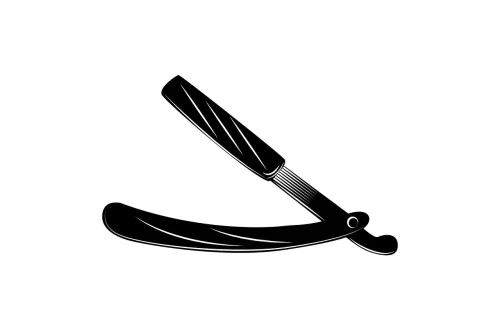-
Does Bad Posture Cause Chest Pain? Understanding the Connection
Bad posture is a common issue in today’s fast-paced, technology-driven world. With the prevalence of desk jobs and the increasing use of electronic devices, many people find themselves slouching or hunching over for prolonged periods. This poor alignment of the spine and body can lead to various health problems, including discomfort and pain in different areas, particularly in the chest. When individuals think of chest pain, they often associate it with heart-related issues. However, posture plays a significant role in musculoskeletal health, and bad posture can contribute to feelings of tightness or discomfort in the chest region. Understanding the underlying mechanisms can help individuals recognize that their posture may be…
-
Does Bad Posture Cause Chest Pain? Understanding the Connection
Bad posture is a common issue in today’s fast-paced, technology-driven world. Many individuals spend hours hunched over computers, smartphones, or other devices, often unaware of the long-term effects this can have on their bodies. While some might dismiss poor posture as merely a cosmetic issue, it can lead to a myriad of health problems, including discomfort and pain in various areas of the body. One area that often raises concern is the chest. Chest pain can be alarming and is frequently associated with serious conditions; however, it can also be attributed to lifestyle factors, including posture. Understanding the link between posture and chest pain is crucial for anyone looking to…
-
Understanding Why Your Hips Hurt When Squatting and How to Fix It
Understanding hip pain during squatting can be a frustrating experience for many fitness enthusiasts and athletes alike. Squats are a fundamental movement in various exercise regimens, from strength training to rehabilitation, and they are essential for developing lower body strength and stability. However, when discomfort or pain arises in the hips during this exercise, it can lead to confusion and concern. Hip pain can stem from various factors, including improper form, muscular imbalances, or underlying conditions. Understanding these elements is crucial for anyone looking to maintain a healthy and pain-free active lifestyle. Pain in the hips can disrupt workouts and hinder progress, causing individuals to avoid squatting altogether. This not…
-
The Essential Guide to Choosing a Lifting Belt for Women
Lifting belts have become an essential accessory for many women engaging in strength training and weightlifting. As fitness enthusiasts increasingly focus on proper technique and injury prevention, the right lifting belt can significantly impact performance and safety. While these belts are often associated with powerlifting and heavy lifting, they can also benefit those engaged in various forms of resistance training. The right lifting belt provides not only support but also encourages proper form, contributing to an overall effective workout routine. Choosing the right lifting belt requires careful consideration of various factors, from material and design to fit and purpose. A well-chosen belt can enhance performance by stabilizing the core and…
-
Understanding Hip Pain When Squatting: Causes and Solutions
Hip pain during squatting can be a frustrating and limiting experience for many individuals, whether they are athletes, fitness enthusiasts, or those simply looking to maintain an active lifestyle. The hip joint plays a crucial role in various movements, including squatting, which is a fundamental exercise targeting multiple muscle groups. When pain arises in this area, it can hinder performance, affect mobility, and lead to further complications if not addressed properly. Understanding the underlying causes of hip pain during squats is essential for anyone aiming to enhance their physical fitness. Hip pain can stem from a variety of factors, including muscle imbalances, improper technique, and underlying medical conditions. Recognizing these…
-
Understanding the Benefits of a Pronating Grip in Strength Training
Strength training has become an integral part of fitness regimens worldwide, offering numerous benefits from muscle building to improved overall health. Among the various techniques and grips utilized during workouts, the pronating grip has gained significant attention for its unique advantages. This grip, characterized by the palms facing downward or away from the body, is employed in a wide range of exercises, including deadlifts, bench presses, and pull-ups. Understanding the mechanics of a pronating grip is crucial for fitness enthusiasts and athletes alike. It not only influences the effectiveness of workouts but also impacts muscle engagement, joint stability, and injury prevention. As individuals seek to optimize their strength training routines,…
-
Understanding the Benefits of a Pronate Grip in Strength Training
Strength training has gained immense popularity in recent years, becoming a fundamental component of fitness routines worldwide. As more individuals seek to enhance their physical performance and overall health, understanding the nuances of various training techniques becomes increasingly important. Among these techniques, grip variations play a crucial role in determining the effectiveness of different exercises. One such grip that stands out is the pronate grip, which offers a range of benefits for those looking to optimize their workouts. This grip, characterized by palms facing downwards, is often utilized in exercises such as bench presses, bent-over rows, and pull-ups. While the physical aspect of strength training is well-known, the importance of…
-
Understanding Glute Trigger Points: Relief and Techniques
Understanding the intricacies of our body can often feel overwhelming, especially when it comes to specific areas like the glutes. The gluteal muscles, composed of three major muscles—gluteus maximus, gluteus medius, and gluteus minimus—play a crucial role in our mobility and overall strength. They are not only vital for movements such as walking, running, and climbing but also serve as key stabilizers for the pelvis and lower back. Given their importance, it’s no surprise that tension or pain in this region can have a significant impact on our daily lives, leading to discomfort and restrictions in movement. One common source of discomfort in the gluteal area is the development of…




